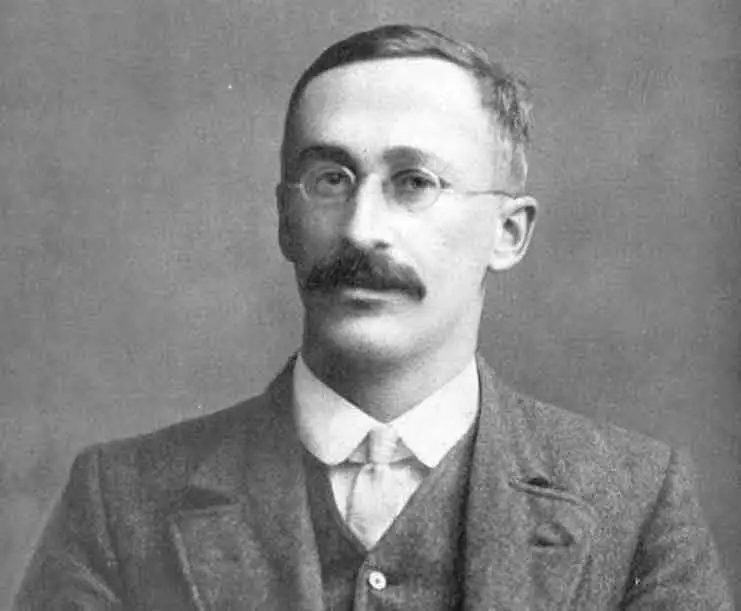
Student
At the turn of the 20th century, a statistician known as ‘Student’ published in 1908 his most notable work on the t-distribution in a paper [1] called “The Probable Error of a Mean”, in the Biometrika Journal.
The t-distribution is a widely known method for quantifying uncertainty and variation in mathematical statistics.
We now know the work to be that of William Sealy Gosset, a man from Canterbury, England working at the Dublin brewery Arthur Guinness, Son & Co Ltd. The pseudonym a result of his secretive employer Guinness [2], who at the time were hiring highly educated employees to use scientific methods to improve the production of their stout.
However, Guinness had a strict policy on publications and would only allow Gosset to publish research provided it did not mention Beer, Guinness or the author’s surname. Sometime later in an article by Hotelling [3], it was noted publication was “under a pseudonym, to avoid difficulties with the rest of the staff” rather than competing breweries.
Statistician
Gosset was more a Chemist than a mathematician, with his first-class degree in Chemistry. But developed to be a leading statistician supported by a working environment that allowed practical and theoretical research. He recognized the importance of solving the problems associated with small sample sizes in statistical methods.
McMullen noted in [4] “The circumstances of brewing work, with its variable materials and susceptibility to temperature … show up most rapidly the limitations of large sample theory”.
Guinness supported overseas study, to which Gosset availed of by attending the Biometric Laboratory of Karl Pearson. In the early 20th century, the University College of London was the place to study advanced statistics. Biometrika was the primary publication for statistical science at the time [2] and Karl Pearson was editor.
Gosset attended his biometric laboratory and had correspondence with Pearson over the years, and his son Egon Pearson another pioneer in the field. In his article on the t-distribution, his views are Bayesian likely influenced from studying Pearson.
Brewer
At the turn of the century Guinness was the largest brewery in the world, producing over 1.5 million bulk barrels a year for distribution. Management began making the brewing scientific, hiring Oxford and Cambridge graduates and quickly promoted them to management and research.
The new researchers began investigating the quantitative over the qualitative aspects of the ingredients and their source, such as their cultivation conditions. For example, they examined the malting quality of Barley as it depended on the nitrogen content. Recording yield, moisture, size and the traditional qualitative mellowness and texture [5]. They concluded that effects discovered had high variation and few in count. Thus, they failed to determine if the affects were due to chance.
Researchers turned to Gosset who had a greater mathematics background and his pursuit in the theory of errors lead him to correspondence and study with Karl Pearson in 1907. As a result, Gosset took over statistical analysis in a substantial multi-year research report on Barley (including probabilities in yields, varieties, farms, seasons, malting and brewing). Guinness were very pleased with the results and it wasn’t long after in 1908 he published his infamous work in Biometrika.
Gosset was employed as a brewer at Guinness for his entire career, which ended as Head Brewer at the only other Guinness brewery outside of Dublin, at Park Royal London.’








